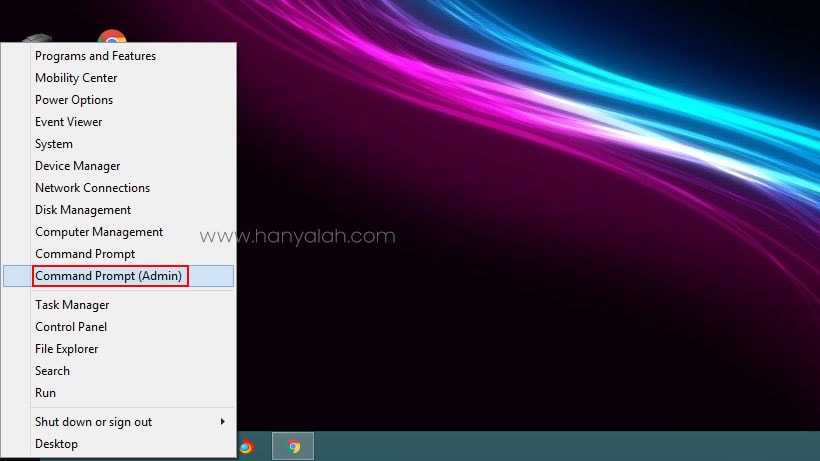
- #Windows 10 install usb balenaetcher how to#
- #Windows 10 install usb balenaetcher install#
- #Windows 10 install usb balenaetcher drivers#
#Windows 10 install usb balenaetcher drivers#
Common to older versions of Windows, hardware drivers were occasionally not present, resulting in the need to download special or custom drivers. Windows 10 versions typically include all necessary drivers for the Vault in the installation, so no extra drivers need to be loaded. After a reboot follow the on-screen prompts finish setting up Windows.Select the correct drive and click next.
#Windows 10 install usb balenaetcher install#

If Legacy BIOS (Vault default) is used, the ISO needs to be burned with the MBR partition scheme.Ĭoreboot uses Legacy BIOS, requiring MBR partition scheme. Note: RUFUS uses the GPT Partition scheme by default with Windows 10 ISO, GPT is UEFI only.
#Windows 10 install usb balenaetcher how to#
See this link for detailed instructions on how to create a bootable USB drive using Rufus or balenaEtcher. The easiest way to transfer the installation image to a USB drive is by using software called “ Rufus” on Windows or “ balenaEtcher” on Apple OSX.


Install Windows 10 Obtain the Installation Image and Uncompress it Here is a link to the official minimum requirements page. Windows 10 has good documentation covering its hardware recommendations. Neither Windows 7, nor Windows 8 is supported. Note: Windows 10 is the only supported Consumer grade Windows platform that is supported on the Vault. We’ve tested Windows 10 and Windows Server 2016. Installing Windows on the Vault is a relatively straight forward task, however, depending on the Version of Windows you are installing, you may or may not have to install a few drivers to make things work correctly.


 0 kommentar(er)
0 kommentar(er)
